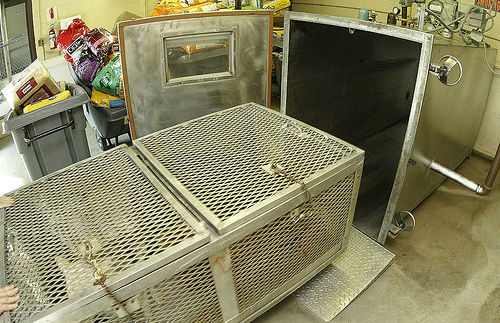clarkmueller
Pre-Flight
It's my hope that I don't have anything to contribute to Lessons Learned very often, but today I had an experience that I hope can help some others.
While on a relatively short flight back to home base with a couple of friends today, my carbon monoxide detector began alerting, and then indicated a rapid rise in carbon monoxide. We flushed the cabin and made a precautionary landing, and the hunt is now on for the source of the leak.
I'm sharing this here because while mostly a non-event in its outcome, this experience has made me a believer that everyone should fly with a proper carbon monoxide detector.
When I bought my airplane, I stuck a disposable CO detector on the panel. A CFI told me to throw it away, which gave me a push a few months ago to buy a Tocsin CO detector. Today, I was very happy to have it. The alerting functionality and the ability to see whether the CO levels were going up or down was invaluable. I'm very confident that without the alerting, I likely would never have noticed a problem until it was much more advanced.
If you're still using one of the disposable ones... throw it away and get something better!
While on a relatively short flight back to home base with a couple of friends today, my carbon monoxide detector began alerting, and then indicated a rapid rise in carbon monoxide. We flushed the cabin and made a precautionary landing, and the hunt is now on for the source of the leak.
I'm sharing this here because while mostly a non-event in its outcome, this experience has made me a believer that everyone should fly with a proper carbon monoxide detector.
When I bought my airplane, I stuck a disposable CO detector on the panel. A CFI told me to throw it away, which gave me a push a few months ago to buy a Tocsin CO detector. Today, I was very happy to have it. The alerting functionality and the ability to see whether the CO levels were going up or down was invaluable. I'm very confident that without the alerting, I likely would never have noticed a problem until it was much more advanced.
If you're still using one of the disposable ones... throw it away and get something better!







